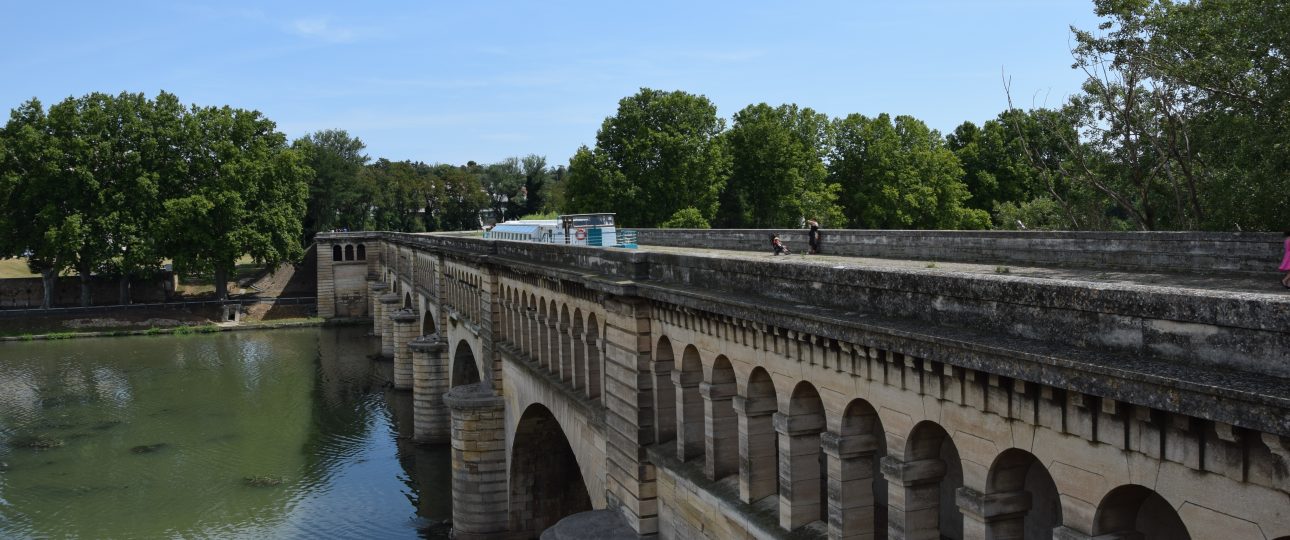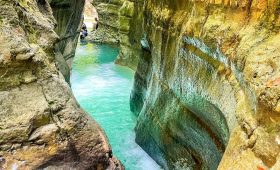The Canal du Midi: A Journey Through History and Beauty
History and Significance
The Canal du Midi, a marvel of 17th-century engineering, stretches across the south of France, connecting Toulouse to the Étang de Thau near the Mediterranean Sea. Originally conceived to link the Atlantic Ocean to the Mediterranean, this 240-kilometer waterway was designed by Pierre-Paul Riquet and completed in 1681. It stands as a testament to human ingenuity, overcoming significant challenges like water supply to its summit sections. Recognized as a UNESCO World Heritage Site since 1996, the canal offers a glimpse into the past, where trade and transportation were revolutionized by this ambitious project.
Unique Features and Highlights
The Canal du Midi is renowned for its picturesque, tree-lined paths, often referred to as the “green tunnel.” These paths provide a serene setting for walking or cycling, with the shade offering a welcome respite from the sun. The canal’s design includes a series of locks, or “écluses,” which are fascinating to observe as they manage the elevation changes along the route. These locks are not just functional but also a part of the canal’s charm, showcasing the meticulous maintenance that keeps this historic waterway operational.
Best Time to Visit
For a more relaxed experience, plan your visit during the spring (April to June) or fall (September to October). These months offer mild weather and fewer tourists, allowing you to enjoy the canal’s beauty without the summer crowds. The cooler temperatures make it ideal for outdoor activities like cycling or leisurely strolls along the canal.
How to Get There
Reaching the Canal du Midi is straightforward. From Paris, take a high-speed train to Toulouse, a major city along the canal. From there, you can connect to nearby towns such as Carcassonne or Béziers. If you’re already in the south of France, consider renting a car for a scenic drive to the canal. The journey from Toulouse to Carcassonne, for instance, takes about an hour by car.
Local Transportation
Once at the Canal du Midi, exploring by bike is a popular choice. Many local shops rent bicycles specifically for canal exploration, allowing you to travel at your own pace and stop at charming villages along the way. If cycling isn’t your preference, consider a boat tour or renting a private boat to navigate the canal’s waters. These options provide a unique perspective of the canal and its surroundings.
Summary of Facts
- The Canal du Midi is a 17th-century waterway in southern France.
- It connects Toulouse to the Mediterranean Sea at the Étang de Thau.
- The canal is a UNESCO World Heritage Site.
- Known for its tree-lined paths, often called the “green tunnel.”
- Features a series of locks, or “écluses,” managing elevation changes.
- Best visited in spring or fall for mild weather and fewer crowds.
- Accessible via train to Toulouse or by car from nearby cities.
- Local transportation includes biking, boat tours, and private boat hire.




